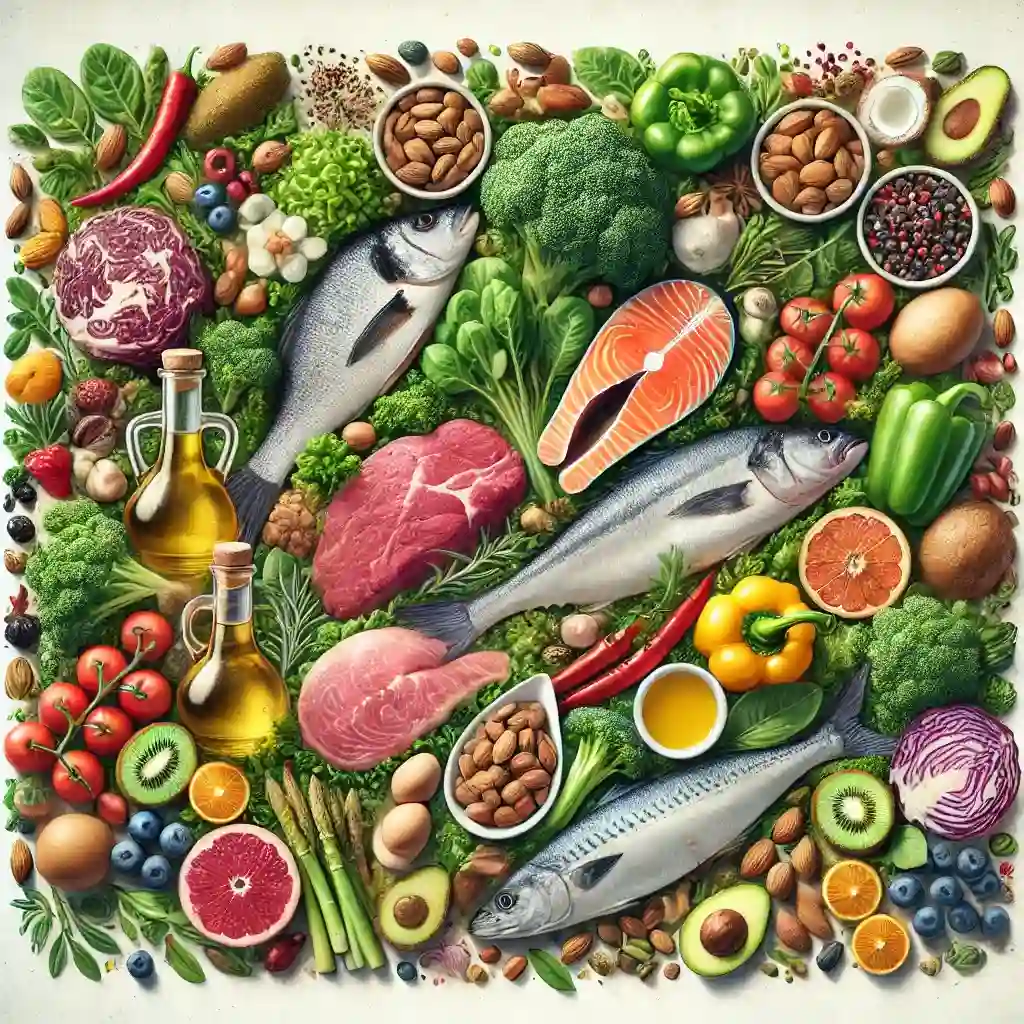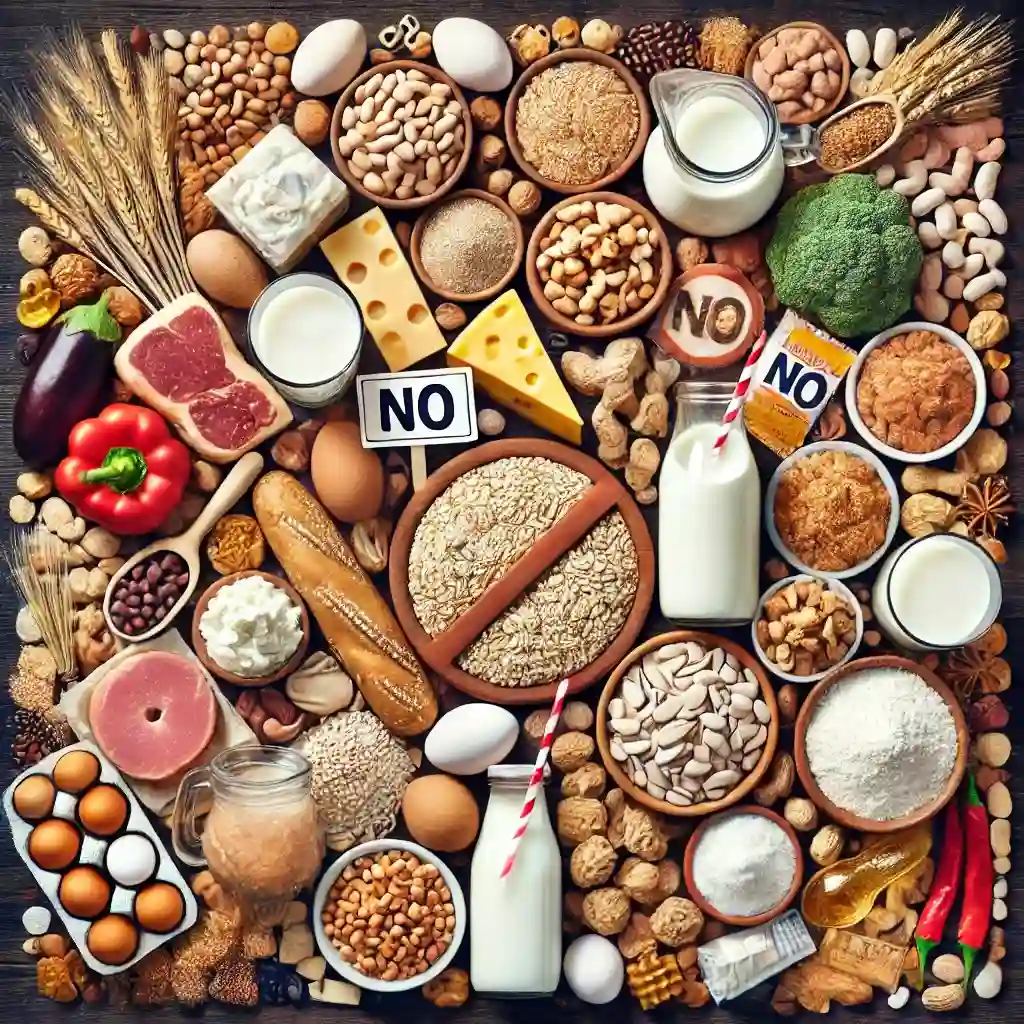The Paleo diet has gained popularity over the years as a way to eat like our ancestors did during the Paleolithic era. The concept behind this diet is simple: focus on whole, unprocessed foods that humans were genetically designed to eat. It excludes modern agricultural products like grains, legumes, and dairy, emphasizing lean meats, fish, fruits, vegetables, nuts, and seeds.
If you’re like me, constantly exploring ways to live a healthier lifestyle, the Paleo diet can be an interesting and effective approach. Let’s break down what the Paleo diet is all about, why it’s beneficial, and how to make it work for your daily routine.
The Science Behind the Paleo Diet
One reason the Paleo diet works is that it aligns with human evolution. Our bodies have evolved to thrive on certain types of foods, primarily those available before the agricultural revolution. This means we process lean meats, vegetables, and fruits better than grains, processed sugars, and dairy.

The diet’s focus on nutrient-dense, whole foods naturally reduces calories, leads to more stable blood sugar levels, and can improve overall energy. By avoiding processed foods, many people report fewer inflammatory issues, weight loss, and better digestive health.
Key Foods in the Paleo Diet
If you’re wondering what exactly you can eat on the Paleo diet, here’s a breakdown of the key components:
- Lean Meats: Beef, lamb, chicken, turkey, and pork. The focus should be on grass-fed, free-range, or organic meats for higher nutritional value.
- Fish and Seafood: Wild-caught fish like salmon, tuna, and mackerel are great choices.
- Vegetables and Fruits: The backbone of the diet. Eat as many veggies and fruits as you like, but focus on lower-carb options if you’re looking to lose weight.
- Nuts and Seeds: Almonds, walnuts, sunflower seeds, and more provide healthy fats.
- Healthy Fats: Olive oil, coconut oil, and avocados are encouraged.
What to Avoid on the Paleo Diet

The list of foods to avoid is just as important. The Paleo diet excludes modern, processed items, including:
- Grains: No wheat, rice, barley, or oats.
- Legumes: Beans, lentils, and peanuts are off-limits.
- Dairy: Milk, cheese, yogurt, and butter are avoided, though some people allow small amounts of grass-fed dairy.
- Processed Sugars: Soda, candy, baked goods, and other sugar-laden foods should be eliminated.
- Artificial Ingredients: Additives, preservatives, and anything overly processed is a no-go.
Benefits of the Paleo Diet
Switching to a Paleo lifestyle can lead to numerous benefits, some of which are immediately noticeable.

Here are a few of the top reasons people choose Paleo:
- Improved Blood Sugar Control: By eliminating refined sugars and carbohydrates, many people experience more stable blood sugar levels and reduced risk of type 2 diabetes.
- Weight Loss: The diet’s focus on whole foods, combined with its natural reduction in calorie-dense processed foods, often results in healthy weight loss.
- Reduced Inflammation: Many report that they feel less bloated and experience fewer joint aches due to the reduction in processed foods and grains.
- Better Digestion: Since the diet cuts out grains and dairy—common culprits in digestive issues—many find that their digestive health improves significantly.
- Increased Energy: The nutrient-dense nature of the Paleo diet often leads to more sustained energy throughout the day.
Paleo Diet Meal Plan Example
Wondering what a day on the Paleo diet might look like? Here’s an example:
| Meal | Food |
|---|---|
| Breakfast | Scrambled eggs with spinach and avocado |
| Lunch | Grilled chicken with a side of mixed greens and olive oil |
| Snack | A handful of almonds and an apple |
| Dinner | Grilled salmon, steamed broccoli, and roasted sweet potato |
| Dessert | Fresh berries with coconut cream |
Challenges of the Paleo Diet
While the Paleo diet is relatively easy to follow, there are some challenges to consider:
- Limited Variety: Without grains, legumes, or dairy, you may find that meal variety can become repetitive. Creative meal planning is key.
- Social Settings: Dining out can sometimes be tricky since many restaurants serve dishes that don’t align with Paleo guidelines. It’s helpful to review menus in advance or suggest restaurants with Paleo-friendly options.
- Cost: Grass-fed meats and organic produce can be more expensive than processed alternatives. It might require adjusting your budget to make the diet sustainable.
How to Stick with the Paleo Diet

For those new to the Paleo diet, transitioning can be a bit challenging, but here are a few tips to stay on track:
- Meal Prep: Plan your meals for the week in advance to avoid relying on processed foods when you’re short on time.
- Start Slowly: If eliminating grains, dairy, and processed foods all at once feels overwhelming, consider a gradual approach to ease into the lifestyle.
- Find Paleo Substitutes: There are plenty of Paleo-friendly substitutes for your favorite foods, such as cauliflower rice, almond flour, and coconut milk.
Paleo vs. Other Popular Diets
Here’s a quick comparison of the Paleo diet versus other popular diets like keto and Mediterranean:
| Diet | Focus | Allowed Foods |
|---|---|---|
| Paleo | Whole foods, no grains or dairy | Meat, veggies, fruit, nuts, seeds |
| Keto | High fat, very low carb | Meat, high-fat dairy, leafy greens, healthy oils |
| Mediterranean | Balanced, heart-healthy fats | Fish, whole grains, veggies, olive oil, moderate dairy |
Related Posts:
- Why the DASH Diet is Ranked
- The Essential Keto Cookbook – An Informative Introduction
- The Ultimate Guide to Low Carb Indian Foods for Weight Loss and Health
- Dairy-Free Diet
- Diet That Precludes Grains And Dairy Crossword Clue
FAQs
What’s the main focus of the Paleo diet?
The Paleo diet emphasizes whole foods that humans ate during the Paleolithic era, such as meats, vegetables, and fruits, while avoiding processed foods, grains, and dairy.
Is the Paleo diet good for weight loss?
Yes, many people experience weight loss due to the natural reduction in calorie-dense processed foods.
Can vegetarians follow the Paleo diet?
While challenging, vegetarians can modify the Paleo diet by focusing on plant-based fats, vegetables, fruits, and nuts, though they’ll need to be mindful of protein sources.
How strict is the Paleo diet?
It can be as strict as you want it to be. Some people follow a “Paleo-ish” diet, where they occasionally allow grains or dairy in moderation.
What snacks can I have on the Paleo diet?
Paleo-friendly snacks include nuts, seeds, fresh fruit, and veggie sticks with guacamole.